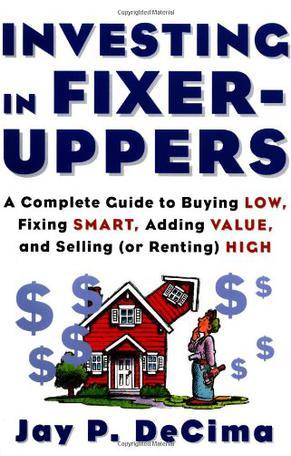Understanding Conventional Loan Percent Down: Your Guide to Home Financing Options
#### What is a Conventional Loan?A conventional loan is a type of mortgage that is not insured or guaranteed by the federal government. These loans are typi……
#### What is a Conventional Loan?
A conventional loan is a type of mortgage that is not insured or guaranteed by the federal government. These loans are typically offered by private lenders, such as banks and credit unions, and they adhere to guidelines set by government-sponsored enterprises like Fannie Mae and Freddie Mac. One of the key features of a conventional loan is the down payment requirement, often referred to as the "conventional loan percent down."
#### Conventional Loan Percent Down Explained
The conventional loan percent down refers to the percentage of the home’s purchase price that the borrower must pay upfront as a down payment. This amount can vary based on several factors, including the lender’s requirements, the borrower’s creditworthiness, and the type of conventional loan being pursued. Typically, conventional loans require a down payment of anywhere from 3% to 20% of the home’s purchase price.
For example, if you are purchasing a home for $300,000 and the lender requires a 20% down payment, you would need to pay $60,000 upfront. Conversely, if the lender allows a 3% down payment, you would only need to pay $9,000 upfront. It’s important to note that a lower down payment may result in additional costs, such as private mortgage insurance (PMI), which protects the lender in case of default.
#### Benefits of a Conventional Loan Percent Down
Choosing a conventional loan with a specific down payment percentage can offer several advantages. First, if you can afford a larger down payment, it can lower your monthly mortgage payments and reduce the overall interest paid over the life of the loan. Additionally, a substantial down payment may help you avoid PMI, which can save you money in the long run.
Another benefit is the flexibility of conventional loans. Unlike government-backed loans, which may have strict eligibility requirements, conventional loans can be tailored to fit a wider range of financial situations. This means that borrowers with strong credit histories may have access to better interest rates and terms.

#### Factors to Consider When Choosing a Conventional Loan Percent Down
When deciding on the conventional loan percent down that is right for you, consider your financial situation, long-term goals, and market conditions. A larger down payment may be ideal if you have the savings and plan to stay in the home for a long time. However, if you prefer to keep more cash on hand for investments or emergencies, a smaller down payment might be more suitable.
It’s also essential to evaluate your credit score, as it can significantly impact the interest rates offered to you. Lenders typically reward borrowers with higher credit scores with lower interest rates, which can make a substantial difference in your monthly payments.
#### Conclusion

In summary, understanding the conventional loan percent down is crucial for anyone looking to finance a home. Whether you opt for a low down payment to preserve cash flow or choose a higher percentage to reduce your monthly payments and avoid PMI, it’s essential to analyze your financial situation and long-term goals. By doing so, you can make an informed decision that aligns with your homeownership aspirations. Always consult with a financial advisor or mortgage professional to explore the best options tailored to your needs.